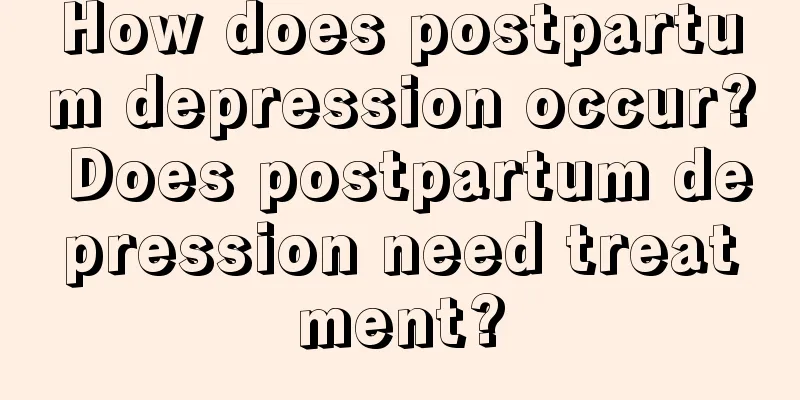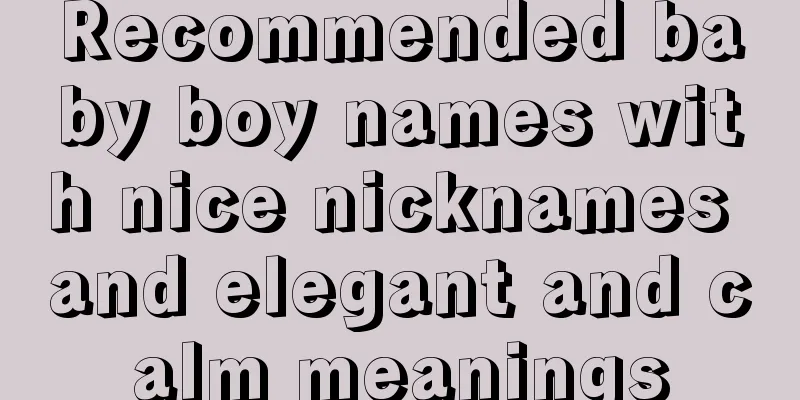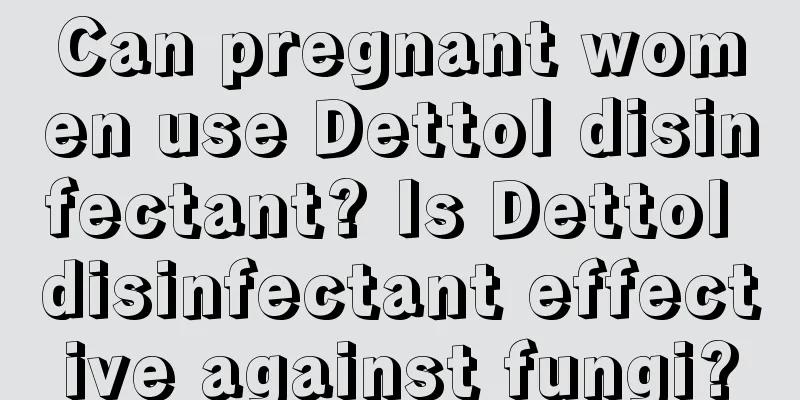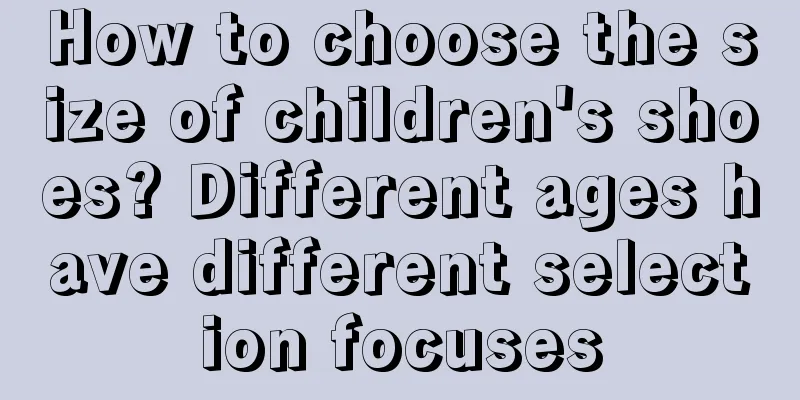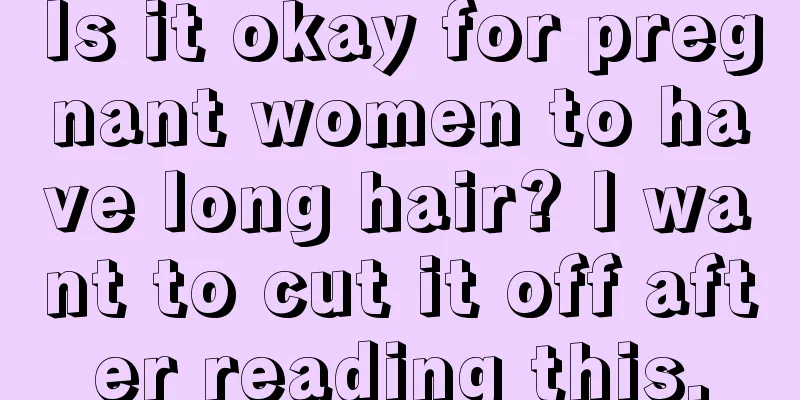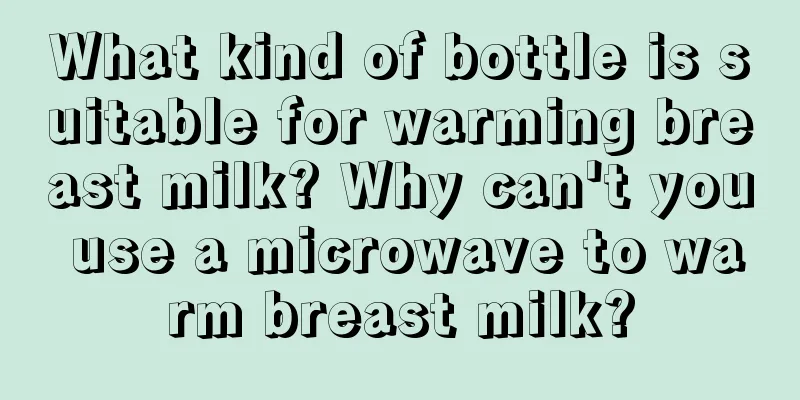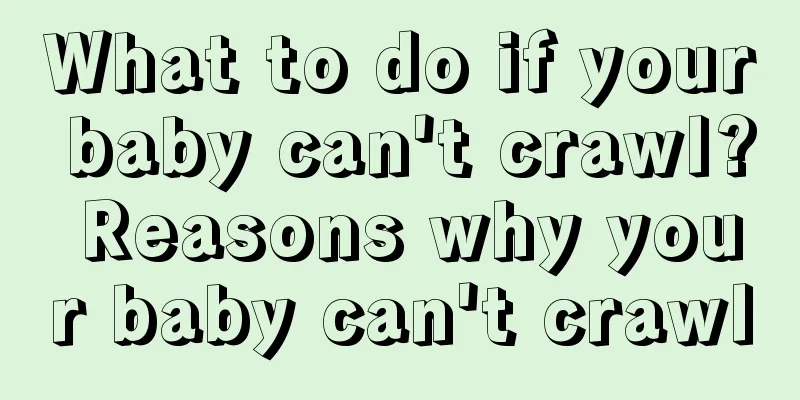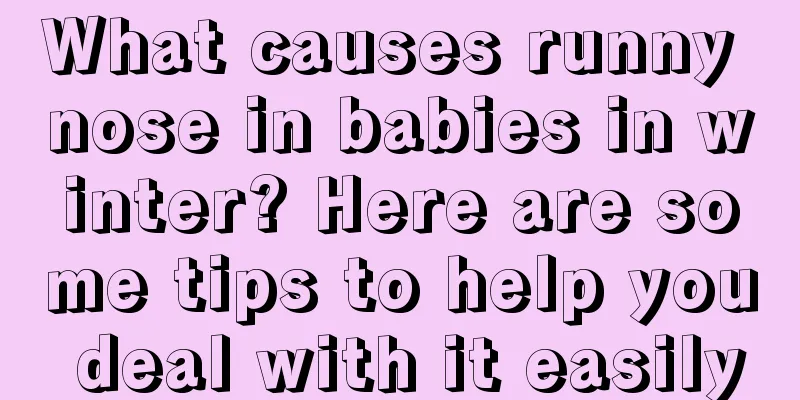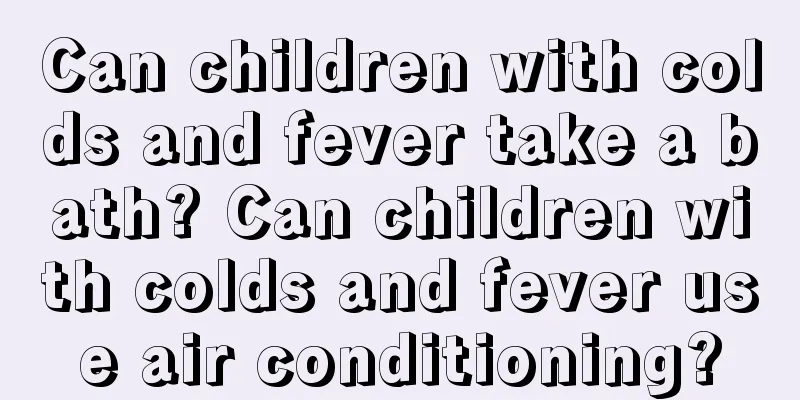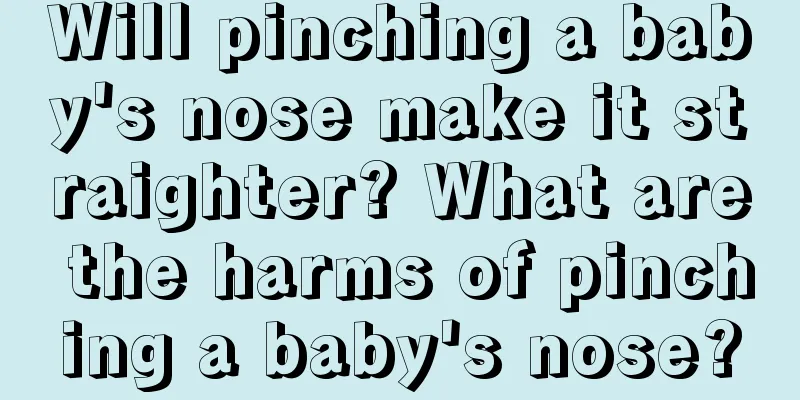What are the dangers of sinusitis in children? How to treat sinusitis in children effectively?
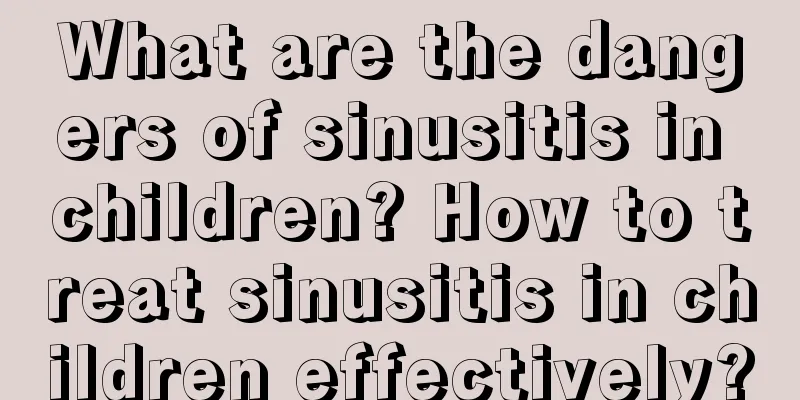
|
Sinusitis is often a respiratory tract infection caused by bacteria. Sinusitis can affect children's breathing and sleep, causing great trouble to their lives. How to treat sinusitis? Moms, come and take a look. What are the dangers of sinusitis in children1. The harm of sinusitis in children: decreased vision. The sinuses are some air-filled cavities at the base of the skull. They surround the nasal cavity in pairs on the left and right. The structures from front to back are the frontal sinus, maxillary sinus, ethmoid sinus, and sphenoid sinus. The frontal sinus is located below the eye socket, and the medial wall of the eye socket is just the lateral wall of the ethmoid sinus. The optic nerve runs backwards to the upper and posterior side of the sphenoid sinus. All eye sockets and optic nerves are susceptible to inflammation, trauma and other lesions of the sinuses, causing diplopia, decreased vision and other hazards. Therefore, it is recommended that parents must pay attention to the condition of their children's sinusitis and diagnose and treat them in time. 2. The harm of sinusitis in children: causing brain hypoxia. During the onset of sinusitis, the secretions produced by the patients will flow down from the nasopharynx, thereby increasing the risk of pharyngitis, tonsillitis, otitis media, and tracheitis. The most significant impact is that because the sinuses are not far from the brain, the blood supply to the brain is affected. If the nasal cavity is blocked, it is more difficult for the child to absorb oxygen, and the brain is prone to hypoxia, which will also affect the development of intelligence in the long run. 3 Hazards of sinusitis in children: Other hazards If sinusitis in children is not treated in time, it will cause the children to have long-term nasal obstruction and be unable to breathe through the nose. For growing children, breathing through the mouth will affect facial growth. Children who breathe through their mouths for a long time are at risk of "mouth breathing face", that is, lips everted, buck teeth, receding chin, uneven teeth, etc. In addition, the nasal cavity cannot breathe and cannot guarantee sufficient oxygen supply. Patients will experience dizziness, mental confusion, lack of concentration, memory loss and other hazards. Therefore, parents should not underestimate children with sinusitis and need to take their children for effective treatment to reduce the harm. In normal times, when children are found to have symptoms related to sinusitis, it is best to go to the ENT department of the hospital for examination as soon as possible and take active treatment measures. Avoid complications and bring greater risks of disease. How to treat sinusitis in children effectively1. Surgical treatment If you want to treat children's sinusitis, you should observe whether the child's sinusitis is acute sinusitis or chronic sinusitis. Many parents of patients are eager to get rid of the troubles of the disease, and they try all kinds of treatments without choosing the right method, which makes the treatment prone to errors. We can use surgical treatment. The principle of laser surgery for sinusitis is to burn the nasal lesions with high temperature, causing the proliferating capillaries to necrotize and temporarily relieve the nasal ventilation. 2 Endoscopic cryotherapy can also be used to treat pediatric sinusitis. Correct the wrong habit and method of blowing the nose. Patients with chronic rhinitis and chronic sinusitis usually blow their noses. When the nasal mucus is thick and difficult to blow out, patients tend to blow hard, which may cause suppurative otitis media, so we should pay attention to the correct method of blowing the nose. 3. Antibiotic treatment Sinusitis can also be treated with antibiotics, mainly using hormone drugs or decongestants, and using ephedrine drugs to drip into the nasal cavity, which can have the effect of opening the sinus opening. For some patients with chronic sinusitis, negative pressure suction, frontal sinus puncture and other methods can be selected. Symptoms of sinusitis in children1. Nasal obstruction lasting 10 to 14 days without improvement. May be accompanied by a low fever; 2. There is a lot of purulent secretion when suctioning the nose, or it is accompanied by severe vomiting or loss of appetite; 3. Headache. Headaches caused by sinusitis often have a certain regularity. Frontal sinusitis is characterized by forehead pain in the morning, which gradually worsens, eases in the afternoon, and disappears completely in the evening. 4. Coughing or sore throat, especially when sleeping and getting up; 5. Easy fatigue, laziness, and lack of concentration; What causes sinusitis in children?Children have larger sinus openings, which are used to infect the sinuses. The nasal cavity and nasal cavity are narrow, ventilation and drainage are not smooth, and the resistance and adaptability to the outside world are poor. They are prone to colds, upper respiratory tract infections and acute infectious diseases. Enlarged tonsils or adenoids affect normal breathing, and congenital immune dysfunction, such as asthma, allergic rhinitis, etc. Most children with allergic rhinitis will cause sinusitis. Swimming or diving in unclean water can cause foreign objects in the nasal cavity, nasal trauma and other infections. |
<<: Does the baby need to be corrected for sucking his fingers? The harm of sucking fingers
>>: Children's interpersonal relationships start with learning to respect each other
Recommend
Can a humidifier be placed at the bedside? Can a humidifier be placed under the air conditioner?
It is best not to keep the humidifier on all the ...
How to best educate children? The highest level of baby education
Aiming at the physical and mental development nee...
Does Crest toothpaste come in a tin foil seal? How can you tell if Crest toothpaste is real or fake?
I bought a tube of Crest toothpaste and found it ...
Can babies eat passion fruit? Is passion fruit good for babies?
Passion fruit has a sweet taste, moderate acidity...
How to increase baby's resistance in autumn and winter
As the weather turns cold in autumn and winter, i...
Is artificial insemination dangerous? What are the dangers of artificial insemination?
Although artificial insemination can help women g...
What foods can help children grow faster?
Children need a lot of nutrients for growth and d...
What determines the baby's appearance? Who does he inherit?
For parents, the baby's appearance is somethi...
Can drinking red wine help you have a boy? Can drinking red wine help you have a boy?
Some parents who are planning to have a baby want...
Reasons for newborns to sleep with milk Harms of babies sleeping with milk
When babies are just born, they like to sleep wit...
How are Shishuang diapers? Real evaluation of Shishuang diapers
Diapers are an indispensable item for every baby....
What causes baby's diarrhea? What should I do if my baby has diarrhea?
When I was changing my baby's diaper, I found...
Is cesarean section general anesthesia or partial anesthesia? What are the side effects of cesarean section anesthesia?
Caesarean section is a very common method of deli...
How long does it take for an episiotomy wound to heal? How to avoid an episiotomy?
Many mothers who have given birth to a child say ...
How to relieve the baby's runny nose? What food is good for the baby's runny nose?
When the seasons change, babies with poor resista...
